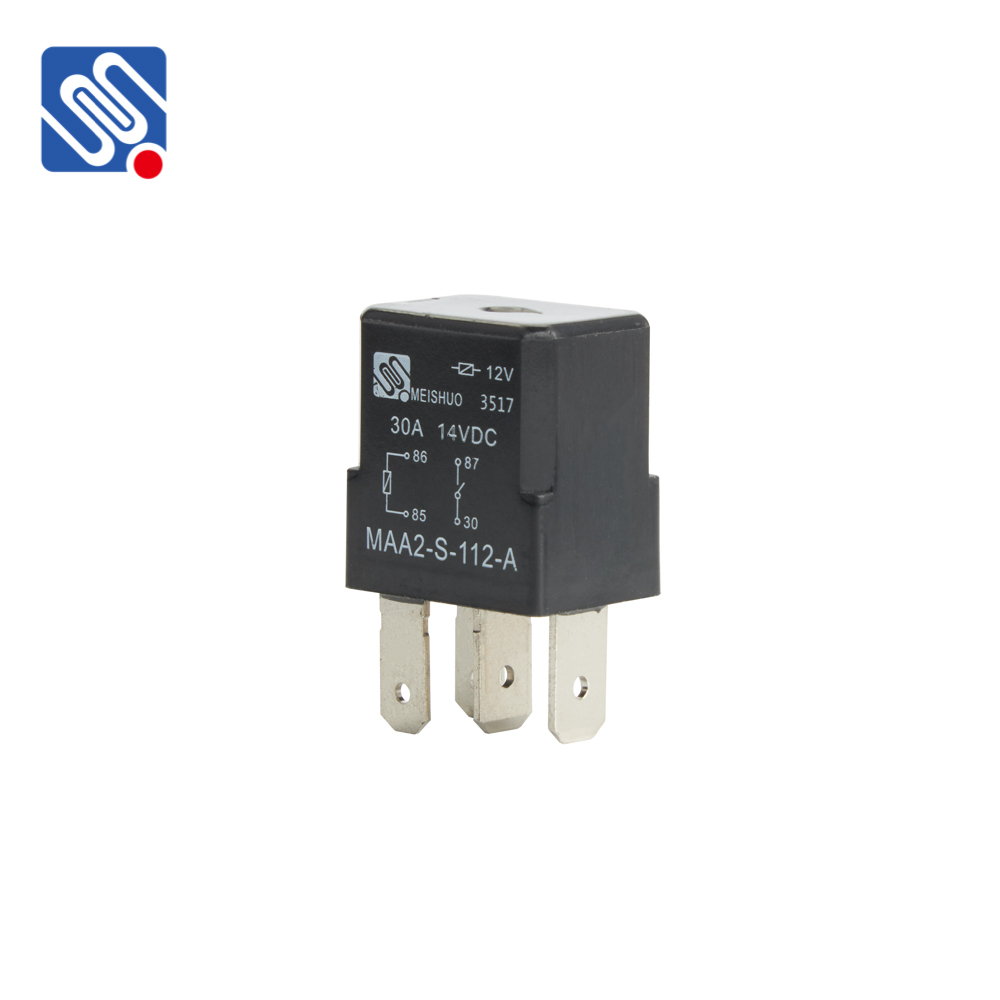understanding relay current: its importance and applications
Release time:2025-04-21 09:21:32
Relay current is a crucial concept in electrical and electronic systems. It refers to the current that flows through a relay when it is activated, allowing the relay to perform its primary function of switching electrical circuits on or off. Relays are widely used in automation systems, control panels, and various electrical devices to control the flow of electricity, ensuring that machines and devices operate safely and efficiently.

What is Relay Current?
A relay is an electrically operated switch that uses an electromagnet to open or close contacts in a circuit. The relay current is the current that passes through the coil of the relay, which activates the electromagnet and causes the mechanical movement of the contacts. This current is typically a low current compared to the current in the controlled circuit, which can be much higher.
When the relay coil is energized with a certain amount of current, it generates a magnetic field that attracts a movable armature, either closing or opening a set of contacts. These contacts can then control larger currents in the main circuit. The magnitude of the relay current is vital, as it directly affects the relay's operation and reliability.


